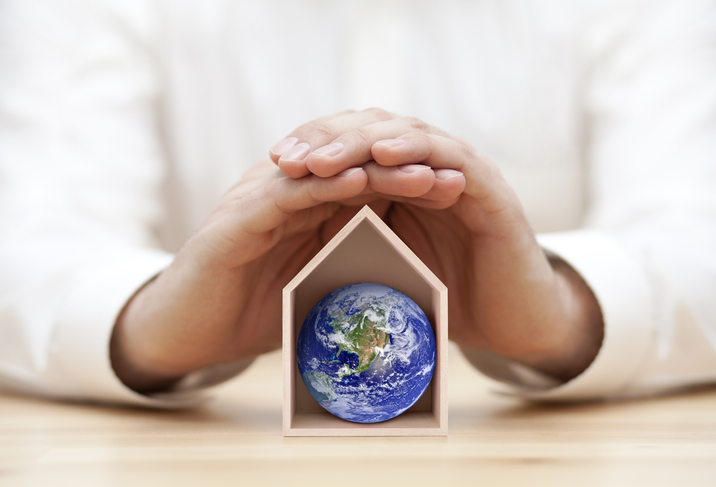
“Nearly half of all homes in the United States, 44.8%, are at risk of severe or extreme damage from environmental threats,” according to a report from Realtor.com. In total, almost $22 trillion in residential real estate is in danger of flooding, wind damage, wildfires, heat or hazardous air quality.
While Pennsylvania may not be at high risk for all these environmental threats, homeowners in the commonwealth are still familiar with various natural disasters that are exacerbated by global climate change.
Hurricanes, Storms and Flooding
Flooding is the most frequent and damaging natural disaster in Pennsylvania, with 24 counties having an average of one flood event per year, according to PaFloodRisk. Flooding and flash flooding are common across the state, especially because of hurricane remnants and tropical storms.
Across the country, 6.6% of homes, worth an estimated $3.4 trillion, have a high risk of flooding, according to Realtor.com data. Nationwide, flooding can result in death, damage, home destruction and mold. Homeowners living in high flood-risk zones often have increased expenses when it comes to home repairs and insurance premiums.
Winter Storms
Pennsylvanians are especially familiar with winter storms, nor’easters and lake-effect snowstorms, which put homes at risk of freezing pipes (and, consequently, flooding), falling trees, collapsed roofs and other snow/ice-related damage. In 2022, the commonwealth was the fifth state with the most damage from winter weather events with damages totaling $303,150, according to ValuePenguin.
Rising Temperatures
Like the rest of the world, Pennsylvania continues to be impacted by rising temperatures, which threaten to cause more flooding, more precipitation, more landslides, damage to public infrastructure and more, according to the Pennsylvania Department of Environmental Protection. Temperatures across the state have increased by 1.8 degrees in the last century and are expected to warm another 5.9 degrees by 2050.
Realtor.com says approximately 32.5% of U.S. homes, worth an estimated $13.6 trillion, are at risk of severe or extreme heat exposure, forcing both renters and homeowners to pay higher cooling costs. Long-term exposure to these high temperatures can also result in expensive maintenance to roofs, patios and retaining walls.
Climate Change Impact
Climate change increases the risk of many natural disasters and environmental threats both in Pennsylvania and around the world. Across the country, many homeowners have been forced to move because of increasing threats such as wildfires, extreme flooding, poor air quality and more. For those who don’t move or are unable to move, the effects of climate change and subsequent natural disasters pose costly home expenses for maintenance, repairs and insurance.
Because of these high expenses, climate risks may affect homebuyers and homeowners who require affordable housing more than those who do not. “In areas with high climate risk and lower home prices, people are tolerating these risks in exchange for more affordable housing,” Realtor.com economist Jiayi Xu said.
“Climate risk is a big deal,” Xu added. “It can impact home values, insurance costs and the overall stability of the housing market.”
Topics
Member Discussion
Recent Articles
-
Study Shows Pa. Has High New Construction Premiums
- May 5, 2025
- 3 min. read
The Affordability and Homebuilding: State-by-State Report Cards showed that states in the Northeast and West, which generally have stricter zoning and land use regulations, received some of the lowest grades in affordability and homebuilding.
-
New Cumberland Valley Neighborhood Preserves Nature, Plans for 1,000 Homes
- May 2, 2025
- 2 min. read
Grange was transformed from a century-old dairy farm into a modern neighborhood that meets the needs for multigenerational living and various other lifestyles.
-
AANHPI Realtors® Guide Buyers and Sellers With Confidence
- May 1, 2025
- 6 min. read
In honor of Asian American, Native Hawaiian and Pacific Islander Heritage Month, PAR recognizes several AANHPI Realtors® who are making a difference through their work and their commitment to their communities.
Daily Emails
You’ll be the first to know about real estate trends and various legal happenings. Stay up-to-date by subscribing to JustListed.



